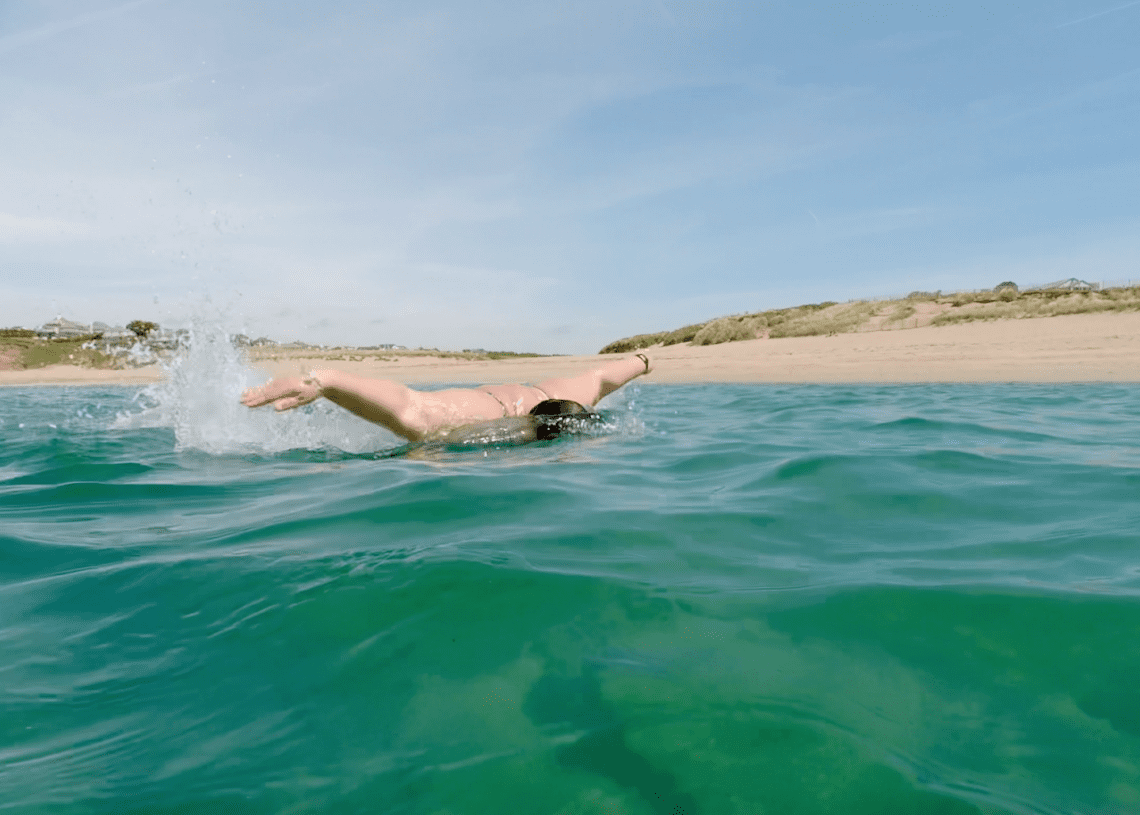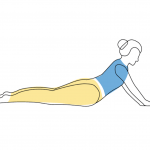
How to do butterfly stroke
Ella Foote and Kari Furre are your guides to a swimming stroke that can look exhausting and complicated, but feels strong and elegant once you’ve mastered the technique.
In a pandemic panic, I took up swim teaching. But when it came to teaching some of the older children butterfly, despite learning how to teach it, I still couldn’t do it. So much of how I teach is done through explaining how it should feel, but I was relying on text-book teaching and that just didn’t cut it.
Kari Furre is a brilliant swim teacher, artist and Oudoor Swimming Society co-founder. At various times I’ve witnessed her beautiful butterfly stroke. She makes it look effortless, like she’s moving with the water. I decided to ask for her help by teaching me how to fly – here are some tips I picked up.
How to do butterfly stroke
The hips don’t lie
A lot of the strength in the butterfly comes from the hips. Learn to hip dip down into the water, like you would if you were doing a surface dive, and you have the foundation of the stroke.
Roll like a river
Moving like a wave rolling along the water is the key to unlocking the feeling of the stroke. Allow your legs to flip into a kick on their own with a body undulation movement.
Don’t forget to breathe
As with any swimming stroke, there are plenty of rules and ideas of when to breathe. Kari breathes every two strokes and that is what I am aiming for, but it is still very much work in progress for me. I find once I am in the wave rolling of the stroke I forget to breathe altogether. Which reminds me, you are never not learning when swimming.
For more expert guidance on swimming technique, click here.








